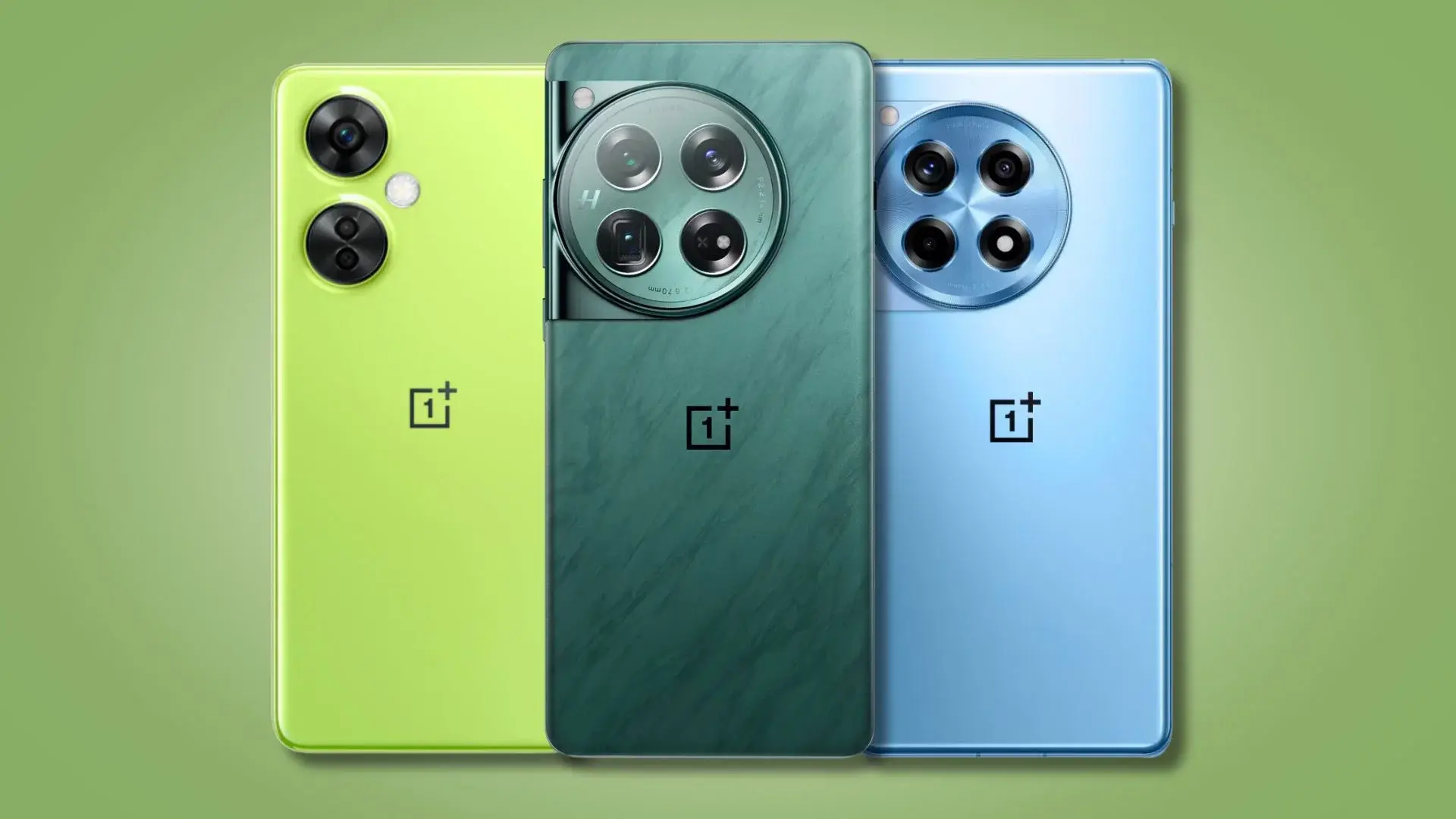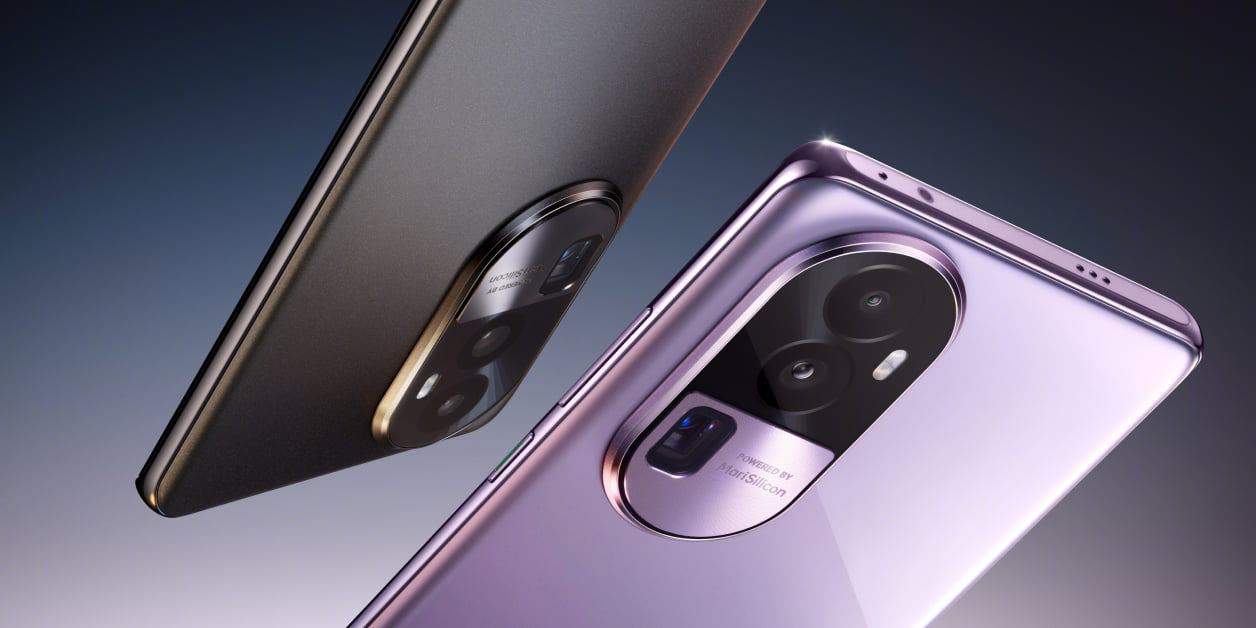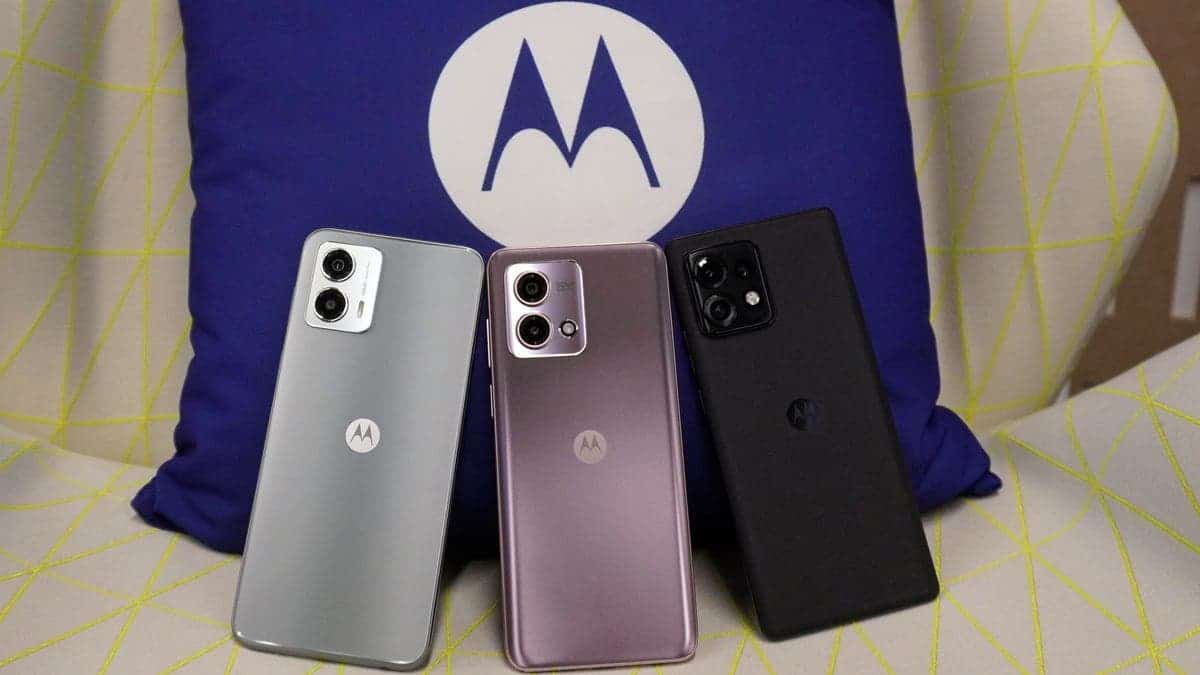The Android 15 beta program is currently underway, and Google has made the public beta build accessible to users. Although this latest build is considerably more stable than earlier versions, it’s still not entirely reliable for use on your primary device every day. For those interested in testing new features, it’s important to be prepared for some potential glitches and instabilities that are common in beta phases.
As the Android 15 beta program progresses, subsequent builds will become more stable and better suited for everyday use. Currently, the beta is available exclusively for Pixel devices. However, by mid-May, other third-party manufacturers are expected to announce their plans to offer the beta on their devices. This is typically when the beta program ramps up significantly. Historically, if these trends continue, we can anticipate the stable build of Android 15 to start rolling out around August. This timeline gives developers and early adopters ample time to test and refine the system before its broader release.
Android 15 Features
Android 15 brings several exciting features that set it apart from its predecessors. Some of the notable additions include a notification cooldown mode that helps manage alert frequency, enhanced optimization for smoother performance, the capability to record specific parts of the screen, and audio sharing over Bluetooth. Additionally, there are significant improvements specifically designed for foldable devices, catering to the unique needs of this growing segment.
As for device updates, the roll-out of Android 15 will initially be available for Google Pixel devices, as they typically receive Android updates first. Following that, other manufacturers will start releasing the update for their compatible devices. The timeline for when specific phones will receive Android 15 can vary based on the manufacturer, the model, and the region. Companies like Samsung, OnePlus, and Xiaomi, which have a track record of providing timely updates, will likely announce their rollout schedules soon after the official release. Users should keep an eye on announcements from their device manufacturer to know precisely when Android 15 will be available for their specific model.
Google Pixel Devices 
As in previous years, Google’s Pixel devices are set to receive the Android 15 update before any other smartphones. Currently, the Android 15 beta program is exclusive to the Pixel series, and owners of Pixel 6 or newer models have the opportunity to install the beta version. When the stable build of Android 15 is officially released, Pixel devices will be among the first to receive it. This immediate access to the latest Android version provides a significant advantage to Google’s phones, ensuring that Pixel users are always at the forefront of Android software updates and new features.
Indeed, not all Pixel models will receive the Android 15 update. Typically, Google supports its Pixel devices with major Android updates for at least three years from the device’s release date. Below is a list of Google Pixel devices that are expected to be eligible for the Android 15 update:
Pixel Devices Set to Receive Android 15
- Pixel 6
- Pixel 6 Pro
- Pixel 6a
- Pixel 7
- Pixel 7 Pro
- Pixel 7a
- Pixel 8
- Pixel 8 Pro
- Pixel Fold
- Pixel Tablet
While the Android 15 beta is currently available for installation on eligible Pixel devices, I would advise against installing it on your primary device at this stage. Although the beta version is functional, it still has notable issues, including connectivity and camera bugs, making it less reliable for everyday use. These beta versions are primarily intended for developers and enthusiasts to test and provide feedback, rather than for daily activities.
The situation may improve with the release of the second public beta, which is expected to be available around the middle of May. This next version is likely to address some of the initial bugs and provide a more stable experience. I will update the post and provide more detailed advice once the second beta is released and I’ve had a chance to evaluate its performance and stability.
Samsung Galaxy Devices 
Samsung, as the largest phone manufacturer globally, tends to release more devices than any other brand. Unlike some other manufacturers, Samsung typically does not participate in the Android beta program immediately. Instead, the company waits until it can integrate the new Android version into its own custom interface, One UI.
Samsung uses the stable release of the latest Android version as the foundation for its next One UI iteration. Therefore, if you’re using a Samsung Galaxy phone and looking forward to the next Android update, you’ll likely need to wait until at least August. This is when the stable build of Android 15 is expected to roll out, and subsequently, Samsung will begin its process of integrating this version with its One UI enhancements. This timeline ensures that Samsung can provide a seamless and stable experience with its custom features and optimizations.
Samsung is known for its efficient deployment of stable updates to its flagship devices, but it tends to take a bit longer to roll out these updates to its mid-range and budget phones. If you own a device from the Galaxy A series, for instance, you might have to wait until the first or second quarter of 2025 to receive the Android 15 update, which will come as part of One UI 7.
List of Galaxy Devices Set to Receive Android 15
Here is a list of Samsung phones that are expected to receive the Android 15-based One UI 7 update:
Galaxy S Series
- Galaxy S21
- Galaxy S21+
- Galaxy S21 Ultra
- Galaxy S21 FE
- Galaxy S22
- Galaxy S22+
- Galaxy S22 Ultra
- Galaxy S23
- Galaxy S23+
- Galaxy S23 Ultra
- Galaxy S23 FE
- Galaxy S24
- Galaxy S24+
- Galaxy S24 Ultra
Samsung Galaxy Z Series
- Galaxy Z Flip 3
- Galaxy Z Fold 3
- Galaxy Z Flip 4
- Galaxy Z Fold 4
- Galaxy Z Flip 5
- Galaxy Z Fold 5
Galaxy A Series
- Galaxy A14
- Galaxy A15
- Galaxy A23
- Galaxy A24
- Galaxy A25
- Galaxy A33
- Galaxy A34
- Galaxy A35
- Galaxy A53
- Galaxy A54
- Galaxy A55
- Galaxy A73
M Series
- Galaxy M14
- Galaxy M15
- Galaxy M33
- Galaxy M34
- Galaxy M53
- Galaxy M54
- Galaxy M55
Galaxy F Series
- Galaxy F14
- Galaxy F15
- Galaxy F34
- Galaxy F54
Samsung typically gives update priority to its most recent devices, so it is likely that the Galaxy S24 series will be the first to receive the beta version of the upcoming One UI update based on Android 15. Last year, Samsung extended beta builds to select models in the Galaxy A series, indicating a possible inclusion of newer models like the Galaxy A55 in the beta program this year, though this remains speculative until official announcements are made.
The list of devices expected to receive Android 15 is based on Samsung’s policy of providing three generations of Android OS updates for its devices. While the devices mentioned, including the latest S series, select Z series, and higher-end A series models, are slated to receive the update, the actual rollout can only be confirmed once Samsung makes an official announcement. This policy ensures that most recent and flagship devices remain up to date with the latest software features and security improvements, though the specific timeline and eligibility might vary depending on several factors including device model, market region, and carrier restrictions.
OnePlus Devices
OnePlus, once known for its prompt and reliable software updates, has encountered challenges with its recent platform updates. These updates have introduced significant bugs that impacted device functionality, including device-breaking glitches and persistent connectivity problems.
These issues are compounded by the fact that OnePlus has largely integrated ColorOS, Oppo’s operating system, into its software under the OnePlus brand. Despite maintaining a separate brand identity, the underlying software structure is very similar to ColorOS. This integration means that OnePlus has less control over the timing and specifics of its updates compared to when it managed its own distinct software. This reliance on a shared operating system with Oppo limits OnePlus’s ability to independently manage and roll out updates, potentially affecting the efficiency and effectiveness of the process.
As OnePlus navigates its software update strategies with the influence of ColorOS, here’s a tentative list of OnePlus phones that are expected to receive the Android 15 update. Please note, the rollout can vary based on regional differences and specific carrier policies:
- OnePlus 10 Pro
- OnePlus 10T
- OnePlus 10R/10R 150W
- OnePlus 11
- OnePlus 11R
- OnePlus 12
- OnePlus 12R
- OnePlus Open
- OnePlus Nord 3
- OnePlus Nord CE3
- OnePlus Nord CE3 Lite
Oppo Devices 
- OPPO Find X5
- OPPO Find X5 Pro
- OPPO Find X6
- OPPO Find X6 Pro
- OPPO Find X7
- OPPO Find X7 Ultra
- OPPO Find N2
- OPPO Find N3
- OPPO Find N2 Flip
- OPPO Find N3 Flip
- OPPO Reno 9
- OPPO Reno 9 Pro
- OPPO Reno 9 Pro+
- OPPO Reno 10
- OPPO Reno 10 Pro
- OPPO Reno 11
- OPPO Reno 11 Pro
- OPPO Reno 11F
- OPPO F25 Pro
Vivo Devices
- Vivo X80
- Vivo X80 Pro
- Vivo X90
- Vivo X90 Pro
- Vivo X90 Pro+
- Vivo X90s
- Vivo X100
- Vivo X100 Pro
- Vivo X Fold
- Vivo X Fold+
- Vivo X Fold 2
- Vivo X Flip
- Vivo V27
- Vivo V27 Pro
- Vivo V27e
- Vivo V29
- Vivo V29 Pro
- Vivo V29e
- Vivo V30
- Vivo V30 Pro
IQOO
- iQOO 9 Pro
- iQOO 10
- iQOO 10 Pro
- iQOO 10T
- iQOO 11
- iQOO 11 Pro
- iQOO 12
- iQOO Neo 7
- iQOO Neo 7 Pro
- iQOO Neo 8
- iQOO Neo 8 Pro
- iQOO Neo 9
- iQOO Neo 9 Pro
- iQOO Z7
- iQOO Z7 Pro
- iQOO Z7s
- iQOO Z8x
Honor Devices
- Honor Magic 5
- Honor Magic 5 Pro
- Honor Magic 5 Lite
- Honor Magic 6
- Honor Magic 6 Pro
- Honor Magic 6 Pro RSR
- Honor Magic Vs
- Honor Magic V2
- Honor Magic V2 RSR
- Honor 90
- Honor 90 Pro
- Honor 90 Lite
- Honor X50
- Honor X50 Pro
- Honor X50 GT
Asus Devices
- ROG Phone 8
- ROG Phone 8 Pro
- ROG Phone 7
- ROG Phone 7 Ultimate
- Zenfone 10
- Zenfone 11 Ultra
Nothing Smartphones 
- Nothing Phone 1
- Nothing Phone 2
- Nothing Phone 2a
Xiaomi Devices 
- Xiaomi 12
- Xiaomi 12 Pro
- Xiaomi 12 Lite
- Xiaomi 12S Ultra
- Xiaomi 13
- Xiaomi 13 Pro
- Xiaomi 13 Ultra
- Xiaomi 14
- Xiaomi 14 Pro
- Xiaomi 14 Ultra
- Xiaomi Mix Fold 2
- Xiaomi Mix Fold 3
- Xiaomi 12T
- Xiaomi 12T Pro
- Xiaomi 13T
- Xiaomi 13T Pro
Redmi
- Redmi 12
- Redmi Note 12 4G
- Redmi Note 12R
- Redmi Note 12T Pro
- Redmi Note 13
- Redmi Note 13 Pro
- Redmi Note 13 Pro+
- Redmi K70
- Redmi K70 Pro
- Redmi K70E
POCO
- POCO F5
- POCO F5 Pro
- POCO X6
- POCO X6 Pro
- POCO X6 Neo
- POCO M6
- POCO M6 Pro
- POCO C65
Motorola Devices 
- Motorola Edge 30 Ultra
- Motorola Edge 40
- Motorola Edge 40 Neo
- Motorola Edge 40 Pro
- Motorola Edge 50 Fusion
- Motorola Edge 50 Pro
- Motorola Edge 50 Ultra
- Motorola Edge 2023
- Motorola Edge+ 2023
- Motorola Lenovo ThinkPhone
- Motorola Edge 50 Pro
- Motorola Razr 40
- Motorola Razr 40 Ultra
- Motorola Moto G54
- Motorola Moto G73
- Motorola Moto G84
- Motorola Moto G Power 2024
- Motorola Moto G 2024
Android 15 Update: When will it be Available?
You are staying well-informed about the progression of Android 15, which is essential for anyone keen on following the latest in smartphone software developments. Based on historical trends, Samsung usually begins its beta program a few weeks after Google releases the stable version of the new Android system. This sets a precedent for other brands, which often follow Samsung’s lead in rolling out their versions of the update.
Before these brand-specific updates begin, most major Android manufacturers will release a generic Android 15 beta build. This provides a clear picture of all the changes and improvements Google has incorporated into the new version. This initial beta build is typically expected to be available around the end of May, coinciding with the release of public beta 2.
Regarding the stable version of Android 15, the expectation is that the best Android phones will transition to this new version by the end of the year. This timeline, however, depends on the success of the later betas in ironing out any persistent bugs. If these beta versions are smooth and stable, it paves the way for a quicker and more efficient rollout of the stable build. Keeping an eye on updates from different brands will provide the most accurate timeline for when these updates will become available to users.





